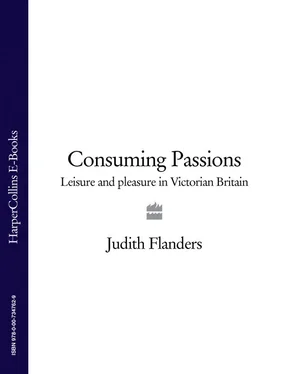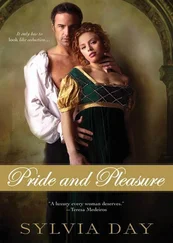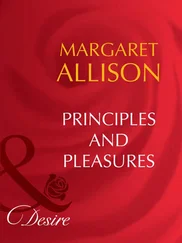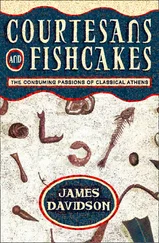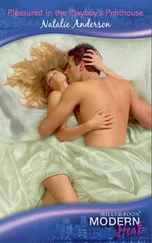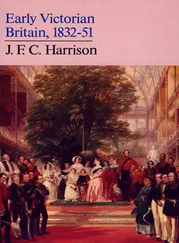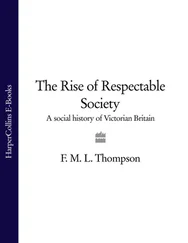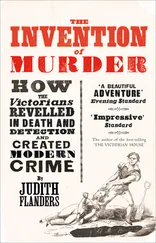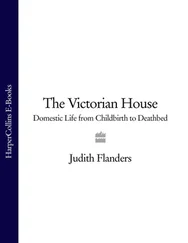By the time of the Great Exhibition, excursion travel was already a regular feature of the landscape, even if it was the still-exciting exception rather than the run-of-the-mill norm. In 1830 the first passenger railway, the Liverpool and Manchester Railway, had carried sightseers out to the Sankey Viaduct for 5 s. (instead of the standard fare of 8 s. ) only two weeks after the line was opened. A few days later it took Manchester passengers to the Liverpool Charity Festival, and within a year it had made an arrangement with an entrepreneur to carry 150 members of a Sunday-school group from Manchester to Liverpool and back for 40 per cent of the regular fare. The various Mechanics’ Institutes quickly saw the benefits of organized cut-rate travel: the Manchester Institute arranged a trip to Liverpool for its members in 1833; in 1840 a group went from Leeds to York; by 1845 the Leeds-to-Hull excursion group was so large that a train with forty carriages was needed, possibly the first of the ‘monster’ trains that so captured the imagination of the Victorian public. 61(‘Monster’ was a favourite Victorian adjective, with monster trains, monster shops and monster exhibitions.) Very swiftly holiday travel took a great share of the excursion market. In 1846 Blackpool got its own railway line; four years later, up to 10,000 visitors a week were pouring into the town. Numbers continued to increase, while fares continued to tumble: in 1844 the London and South Western Railway began to run Easter excursions from Southampton to London at 7 s. return; by 1850 the same trip cost 5 s . 62
When it came to the Great Exhibition itself, the railways initially had not been much interested in excursion business—there was a general underestimating of the numbers of the working classes who would wish to attend. As late as January 1851, less than four months before the opening, the trade magazine Herapath’s Railway and Commercial Journal was warning railway companies against recklessly increasing their rolling stock against a demand it thought could not possibly materialize. 63
Thomas Cook, whose excursions to the Crystal Palace were later inextricably interwoven into his myth, actually became involved in bringing visitors to London in 1851 by accident. Though subsequently to personify the whole range of possibility that was excursion travel, Cook arrived, surprisingly, rather late in the day. He had entered the field only in 1841, when he arranged with the Midland Counties Railway to have an excursion train put at the disposal of his temperance group. By 1846 he had extended his tours beyond their initial Leicestershire borders, and was organizing excursions to Scotland. So successful were his tours that in 1850 he was thinking of expanding even further, by taking groups to the Holy Land. However, a temperance friend in London advised him against this, warning that there were ‘no railways, coaches, or even public roads’ there. 64He suggested that the USA might be better: steamers had been making regular crossings of the Atlantic from 1838, and the east coast of America was now just 12 1/ 2days away from Liverpool. So Cook set off for Liverpool to see if he could interest the steamship companies in the same type of arrangement he had been negotiating with the railways, giving him discounted fares in exchange for guaranteed numbers. But he managed to get only as far as Derby. There he met Joseph Paxton, the architect of the Crystal Palace, and his friend John Ellis, who was attempting to stabilize the Midland Railway Company after the crooked dealings of George Hudson, ‘the Railway King’, had threatened to destroy it and several other companies. Ellis had a vested interest in increased traffic on his railway—especially since he was one of the businessmen about whom Herapath ’s would shortly warn: the Midland had ordered a hundred new third-class carriages to bring working-class passengers to the Exhibition. Paxton also had financial links to the railways. From the other side, Cook approved of the educational aspects of the Great Exhibition, the idea of ‘rational recreation’ it promoted, and he was further taken by the fact that the Crystal Palace was to be ‘dry’. *(There were other aspects that pleased him equally: it was closed on Sundays, religious tracts were distributed throughout the fair, there was a Bible depot, and, at the request of Lord Shaftesbury, all the nude statues were to be respectably covered.) 65
Cook came to an agreement with the Midland to bring them his excursionists for a fee that he referred to delicately as ‘several shillings’ per head, instead of his usual percentage of the fare paid. In return for this, the excursionists would get a return ticket, with accommodation in London (including ‘a substantial meat breakfast’) for another 2 s. (plus an extra 1 d. if they wanted their boots cleaned); if that was too expensive, accommodation at 1 s. could be found in dormitories set up on ships moored at Vauxhall Bridge. 66Accommodation had been a major preoccupation for the planners. They were uncertain how many workingclass visitors would travel to the capital, but, with the fear of the mob that was pervasive, any number seemed to be a threat and was regarded as a public-order concern. A Home Office official had been asked by the Royal Commission to look into how best ‘respectable and reasonable’ lodgings in London could be provided. The Home Office was pleased to comply, because it was anxious that ‘arrangements should in themselves conduce to the maintenance of good order and regularity without the appearance of any ostensible precautions, and that they should offer such facilities as will induce the working classes to follow, for their own advantage, the course pointed out’. 67
Because the success of the Exhibition was still uncertain, not much more than worrying was done by the commission. Others, however, stepped in to the breach, just as Cook and assorted excursion agents were doing despite the unenthusiastic railway companies. The main accommodation organizer became John Cassell, a temperance lecturer and the proprietor of a coffee house in Fenchurch Street. (The provision of tea and coffee was common among those involved in the temperance movement.) Cassell had been the publisher of the Teetotal Times from 1846, as well as printing other journals and pamphlets relating to radical politics, Free Trade and universal suffrage, and in 1850 his new periodical the Working Man’s Friend had been launched. With the coming of the Great Exhibition, Cassell saw a gap in the market that he could fill both to the benefit of the working man and also for the promotion of his journal: the creation of an artisan lodging-house register. He distributed (he claimed) 100,000 forms to lodging houses, had each one that responded inspected, and then charged their owners 2 s. 6 d. to register with him (of which 1 s. 6 d. was paid as the tax on advertisements). All lodging houses that wanted to be included in the register were required to conform to strict rules: lodging was 2 s. for a double bed, with bootcleaning thrown in; a breakfast of tea or coffee and bread and butter had to be available, and could cost no more than 9 d. ; if bacon or ham or a kipper were added, then 1 s. could be charged. Cassell published a general register that listed the establishments that met his requirements, and a classified register that had the lodging houses listed by religious affiliation. Either could be obtained by sending six penny stamps by post, and both advertised the Working Man’s Friend . 68 *
It was commercial activities of this nature that made the railways feel that perhaps there was money to be made in transporting the working classes to London for the fair. Very swiftly, they went from almost complete apathy to ruthless competition. A price war broke out between the Midland Railway and the Great Northern—at one point the battle became so overheated that a steam engine was hijacked by the opposition. In order to give its new Bradford-and-Leeds-to-London line a boost, the GNR promoted 5 s. return fares. The Midland could not match that and still give Cook his ‘several shillings’. He agreed to tear up the agreement, which in the long term was very good business on his part, as long afterwards the Midland continued to give him preferential rates when other excursion agents began to set up in his territory.
Читать дальше
